|
Since the camera data approach isn't quite possible yet with current SDKs, after much deliberation we decided to pivot to a marker-based environment approach. The user would be able to pick a location to jump to and see a historical reconstruction of the entire environment, since we aren't able to overlay models accurately with camera data just yet. This will take more modeling work, but we're excited to take on this challenge.
To write the functionality to switch camera location, we make a dropdown on a canvas element. To that dropdown, we attach camera controller script.
Code for Camera controller goes here
1 Comment
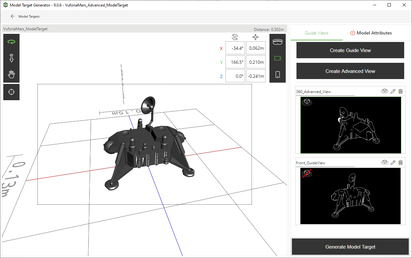 Vuforia Model Target Generator https://library.vuforia.com/articles/Solution/model-target-generator-user-guide.html Vuforia Model Target Generator https://library.vuforia.com/articles/Solution/model-target-generator-user-guide.html During winter quarter, we decided to try making a Hoover tower AR Application to pick up some Vuforia skills. First, we downloaded a model of the Hoover tower from Thingiverse, as well as the Vuforia Model Target Generator. The goal was to see how well the Vuforia SDK was at creating generated targets for large models. Then, we loaded the model into the Vuforia Model Target generator, which takes a few different snapshots of a 3D model. The software allows the target to be generated, exported as a Unity file, and a child game component can be added to the parent game component of the target. When exported to mobile, the child game components will be overlaid on what the camera data recognizes as the target. In our prototype, we wanted a different colored model of the Hoover tower to be overlaid on top of the original.
We were pretty hopeful about the results, but even with such a clean model of the Hoover tower, the generated model target didn't really work. It only recognized a few specific angles of the Hoover tower, and the guides from our point of view didn't match at all. As seen in the first image, we were able to get guides for major lines on the model to be generated, but the overlaid model did not appear. This current SDK simply isn't advanced enough to recognize larger targets such as buildings, and therefore we concluded it wouldn't work well for a monument like Chavin which doesn't have such clean lines. However, this was still a great learning experience, and we learned that we will have to pivot to a different approach. |
Archives
August 2020
Categories |

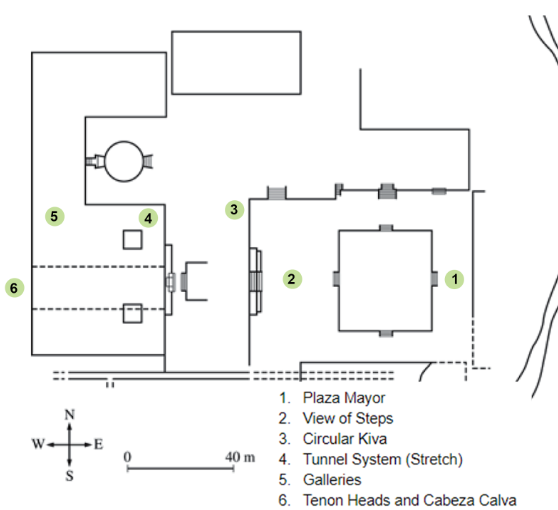
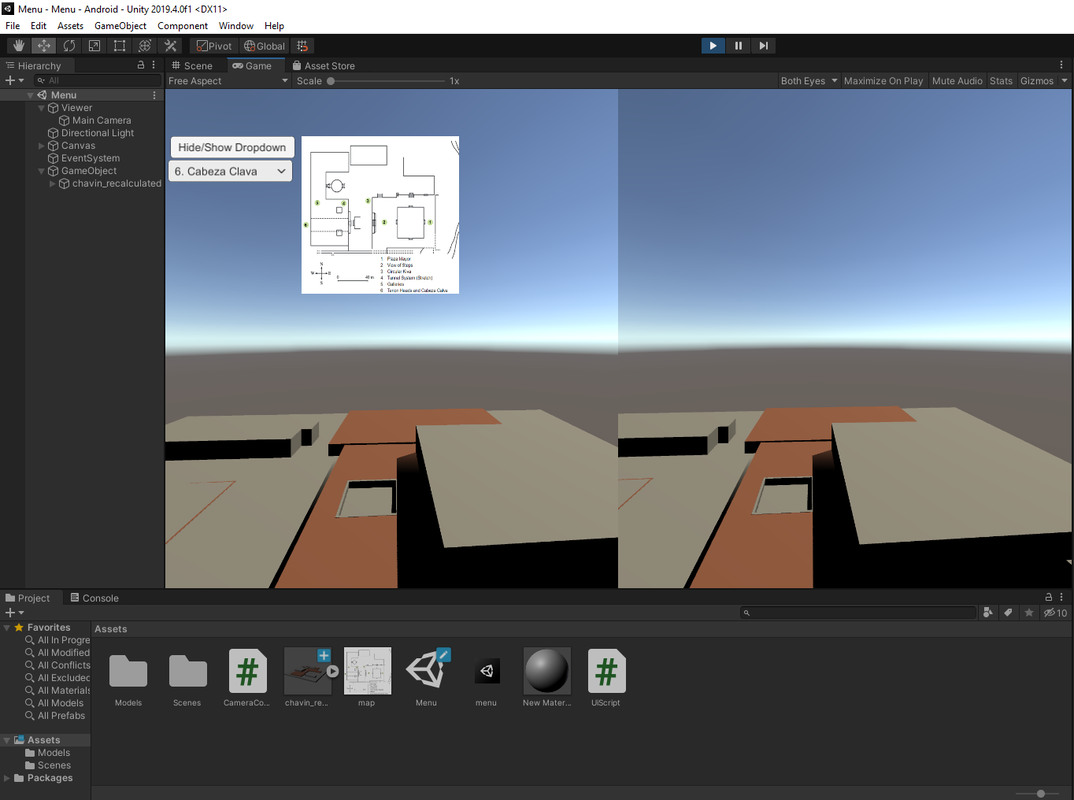
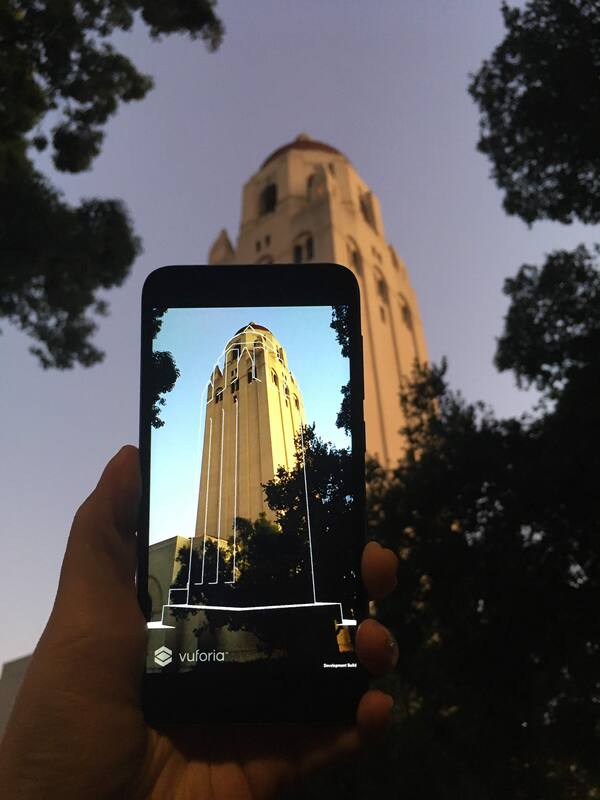
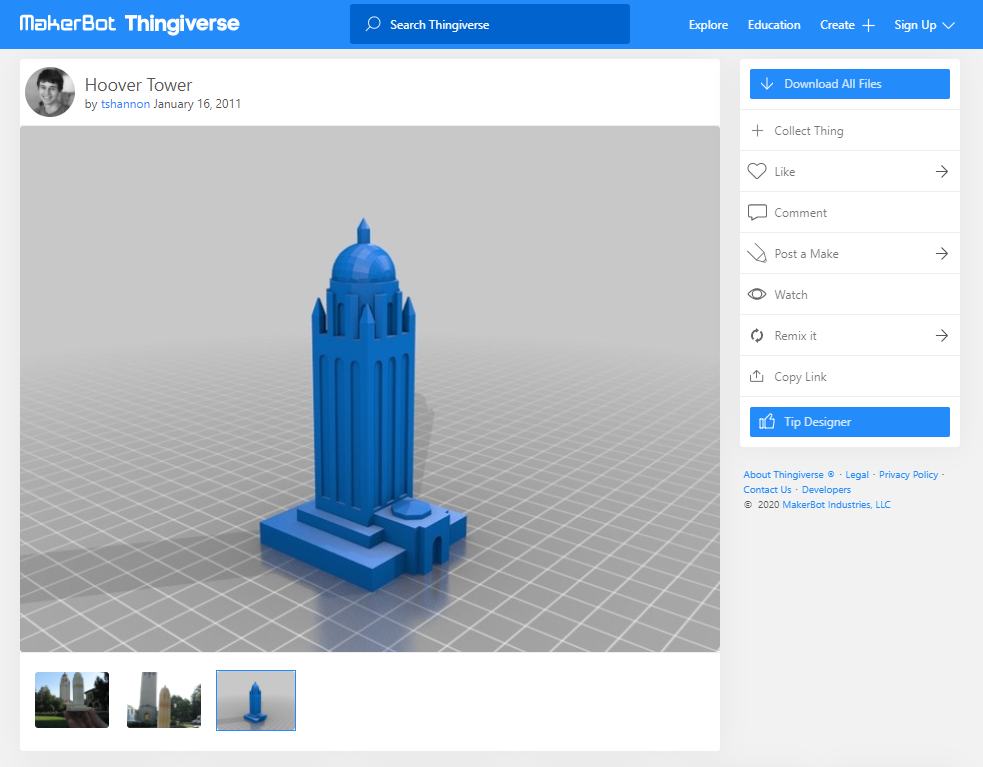
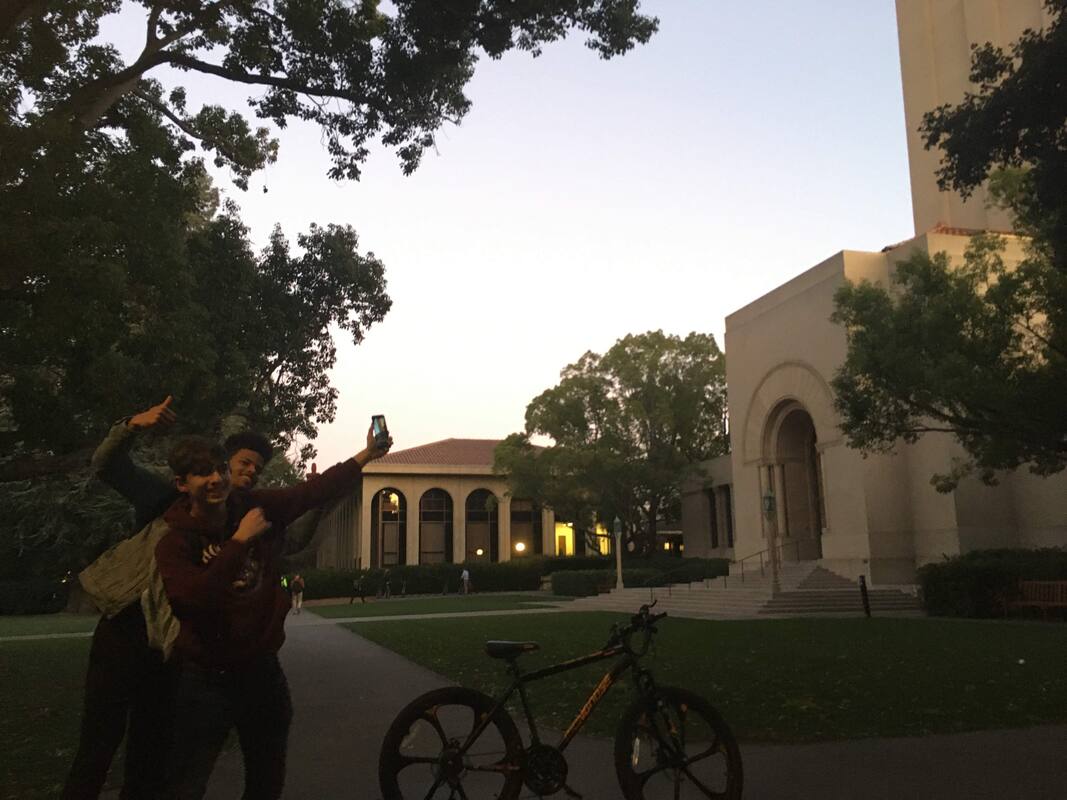
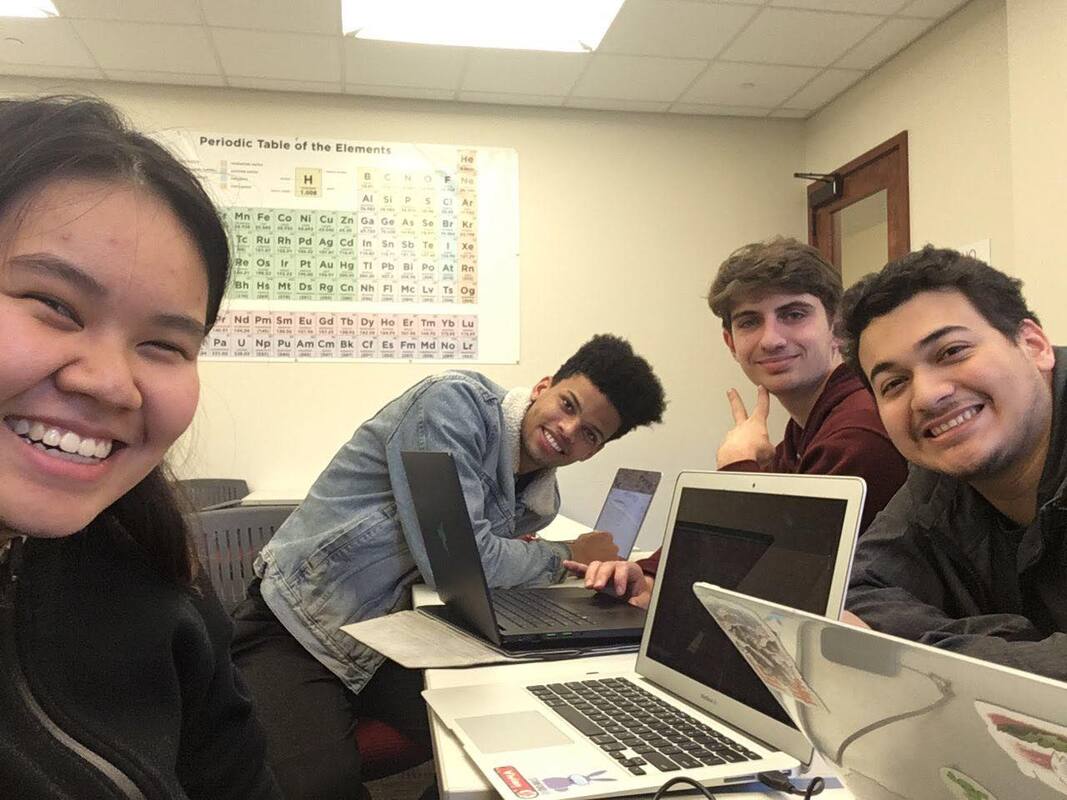
 RSS Feed
RSS Feed
